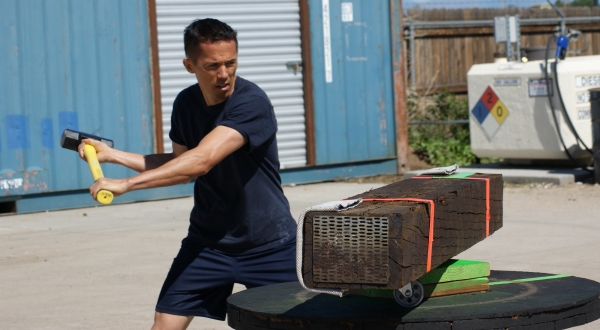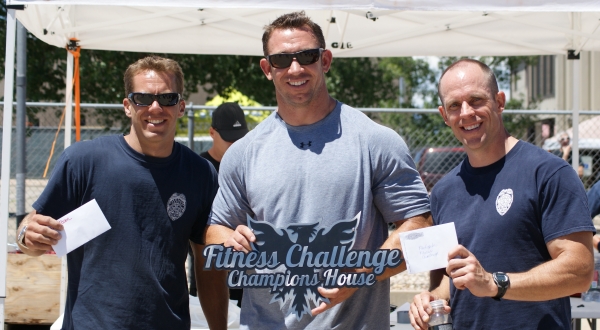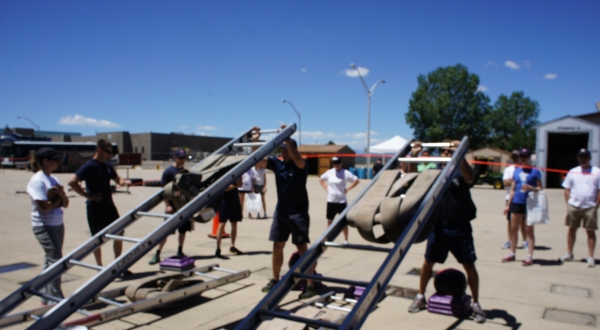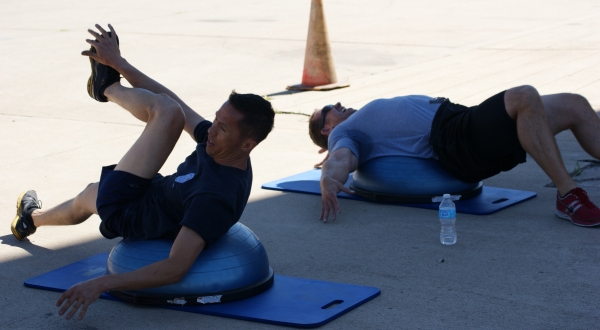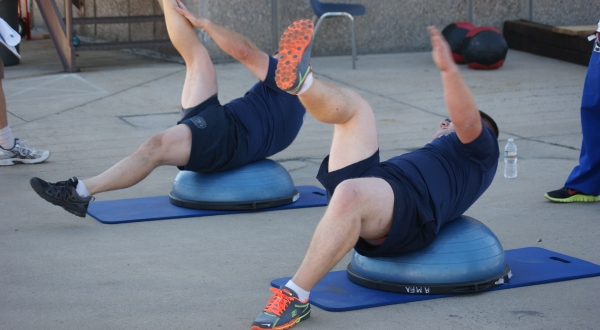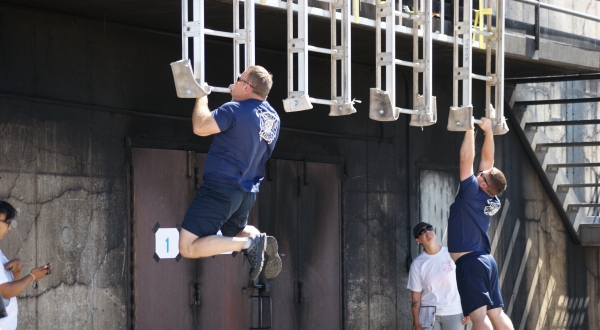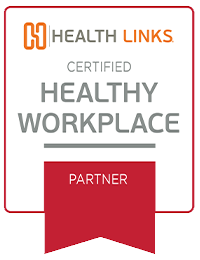
Health Links (HL): Tell us a little background information on how your wellness program came about.
Denver Fire Department (DFD): Our wellness program originally started about 10 years ago, but it was very limited. We knew that the physicals we conducted were not up to par and that we were missing many key parts to have an effective wellness program. The Fire Chief at the time, Larry Trujillo, recognized that there was a need for an improvement in the program. He sent a group to Fairfax Virginia Fire Department to look at one of the best fire department wellness programs in the nation. The group realized that to have a true wellness program, we would have to have excellent medical evaluations, a physical therapy component and behavioral health programming. These aspects would have to be an integral part of the Department’s wellness program.
HL: Why is the health and wellness of your employees important to you?
DFD: For me (Lt. Shawn Brooks) it is important because when you become a firefighter, you quickly learn that it is a team profession and you spend about 1/3 of your life with your team. They become your family members and when your family is unhealthy and unhappy, it affects you as well as them. It is also important to the department because we want to have the best department we can have. Being a firefighter can be, at times, a very physically demanding job. We are paid to perform theses duties to the best of our abilities. To accomplish these feats we must be healthy, happy and physically fit individuals.
HL: How will you/do you know your program is successful?
DFD: We believe it is successful because of participation. Hundreds of employees participate in ongoing wellness activities and our new physical therapy program has taken off as well. We’ve had upwards of 200 visits of the new physical therapy program. They have expressed verbally how much better the internal physical therapy program is making them feel and how much faster they get back to work after an injury.
HL: What obstacles did you have to overcome to get your program started? How did you overcome them?
DFD: We knew that the only way we could be successful was to have the administration, our Union (local 859) and risk management all on board with our program. We really had to do a lot of research on legitimate programs that would work for us and there were lots of meetings and revisions during that process. Ultimately, we had to start small and build from there based on what we had the ability to do and what we could afford. We didn’t have a budget to begin with and virtually no personnel available to use. Lt. Todd Lacey was given the title of Wellness Coordinator, but only in limited capacity. He was able to bring fitness assessments as well as help negotiate new physicals with the help of Kaiser Permanente. We were able to set up a wellness committee with all of the key decision makers. This proved to be invaluable.
HL: How do you communicate with all of the different employees spread across the Denver Metro Area?
DFD: It is very difficult because of the size of the department. We have 36 fire houses with workers on three different shifts. When we disperse information, it has to be done in “threes” for the A, B and C shifts. Computer and email are the main way that we communicate but is has proven difficult for this industry to communicate in this way specifically because we are limited to how many computers we have in the fire houses. Webinars are a new platform we are implementing so that will be a learning experience as well. We’ve found that the best way for us to communicate is face-to-face but it takes a lot of time for one person to go around to all the firehouses and talk to everyone. We recently had put on a Total Wellness Class for the entire department. The class focused on fitness as well as cancer awareness and prevention and behavioral health. We are trying to use our 19 peer fitness trainers to help with face-to-face communication with the fire fighters as well.
HL: Do you incorporate safety along with your wellness program? If so, what does this look like?
DFD: There is an inherent danger to firefighting. We strive for safety in all aspects of the job. We believe it starts with the Recruit Academy. We have recently started using functional movement screens for our recruits, with the push to extend it to the rest of the department. Once we start getting more data on how injuries happen and we can look more in depth at different issues, we can bridge the gap between wellness and safety. Wellness can help identify those types of issues in the future and work with the safety department to make sure workers are protected.
HL: What tip/advice would you give to a business that is considering starting a workplace wellness program?
DFD: First off, I would say you can’t get anything accomplished unless you have buy in from leadership. You have to have a champion or leader who is motivated to do the hard work because the amount of work required is very taxing on one or a few individuals. Once we had consensus between the Union, administration and risk management, we moved a lot farther a lot faster. Research is also a huge component when it comes to making sure your program will work. Don’t re-create the wheel because programs that will work for your specific business are out there and people are willing to share information. Never lose focus!
